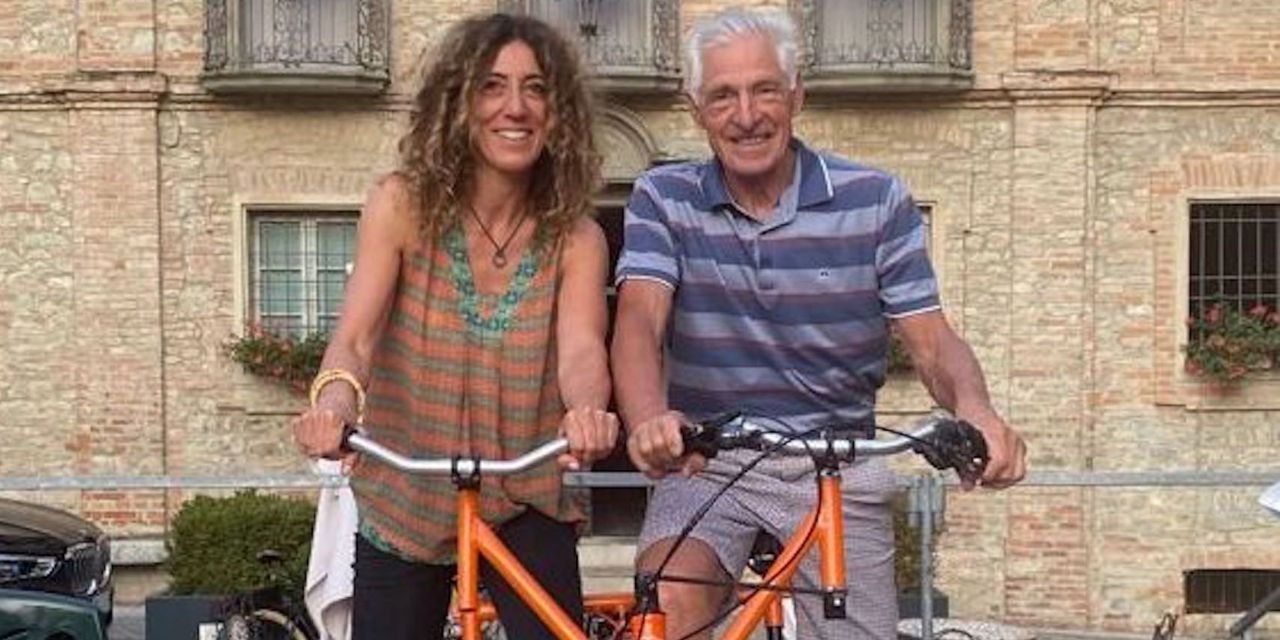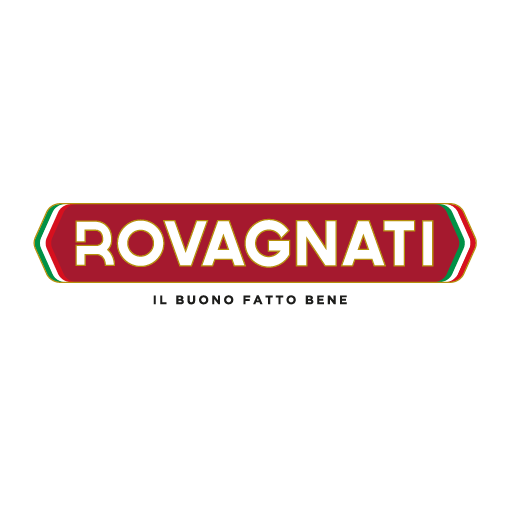Giro-E meets Alessandra Schepisi, host of the most beautiful radio programme about cycling: A ruota libera. She is on air on Radio24 and talks about the bicycle in its many aspects: as an alternative to the routine of traffic and smog, as a journey, a business, a trend. She has just published a book, 24 bike stories, written together with Pierpaolo Romio and published by Il Sole 24 Ore.
Why the bike?
“We tell the story of cycling in all of its facets, because the cycling world is very diverse. It ranges from sport to urban mobility, from cycling tourism to innovation, creativity and technology. There are so many stories that are born around the bike. That is what I have realized in the three years of Freewheel. The bicycle is a great source of inspiration, and its world is so rich.”
Isn’t it strange that such an old mode of transportation can be so contemporary?
“The bicycle is more than 200 years old; it has remained largely unchanged and is a mode of transportation which, a bit like the radio, was deemed to be disappearing. Yet, it is still relevant and even seems to be a winning bet for the future, as it is something that can save our cities from traffic and pollution. This has been understood by many countries, mainly in northern Europe, where even logistics in large urban centres are now carried out by cargo bikes, some of which are so large and efficient that they can almost replace vans. At Eurobike 2021 an Italian start-up was awarded. They submitted an ingenious project starting with the name, One Less Van – a four-wheeled cargo bike that can transport goods of up to 250 kilograms. In Italy, however, we are arriving a little late compared to the rest of Europe.”
Today electric energy seems to be the way to save the planet, at least as far as mobility is concerned. Do you agree?
“The e-bike has been a revolution in many respects. Starting with cycling tourism, because electric bikes allow everyone to enjoy experiences previously only accessible to a few. It’s also very important in the city, where there are no more alibis like the Sette Colli in Rome: anyone can use an electric bike, even if they’re not very fit. The future of cycling is electric. Back to Eurobike, e-bikes were absolutely the lion’s share.”
How can we get more people ride a bicycle?
“All it would take is a bit of data and better communication. Not everyone knows that the average distance travelled in the city is within a radius of 5 kilometres. The bicycle is the most efficient mode of transportation over this distance, both in terms of speed, thus saving time, and economy of use, in addition to the fact that cycling is good for health and the environment. A Spanish study showed that workers who use a bicycle for their daily home-work journeys take an average of five fewer days off work per year due to illness. Incentives from companies for bike-to-work are needed.”




























